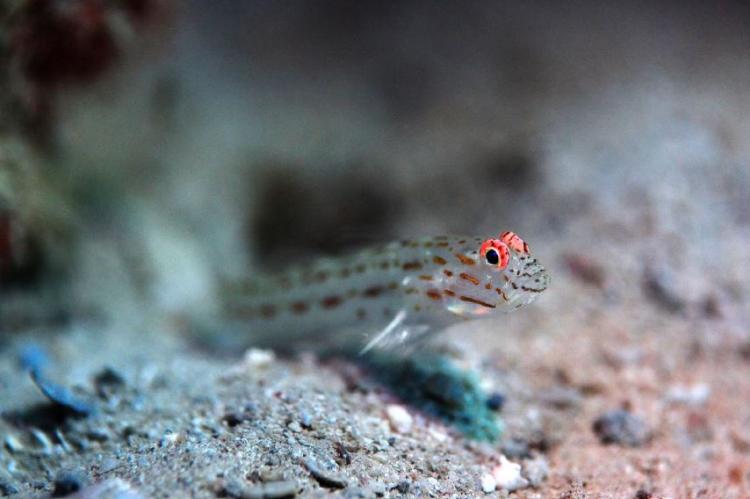Some fish accessorise in red amidst dark ocean depths
The world of the coral reef is colourful, yet everything is awash in a uniform bluish-gray as water filters out the yellow, orange and red tones at depths below ten metres. It is only when flash photography is used that we are able to see the wondrous colours of this underwater world.
However, biologists at the University of Tübingen’s Institute of Evolution and Ecology have discovered that some fish can produce their own red light. They have fluorescent cells which absorb the blue light in their surroundings and emit it as red light.
Led by Professor Nico Michiels, the research team studied more than 600 species of fish, focussing on their ability to produce red fluorescence. Their study, published in Frontiers in Ecology and Evolution, suggests three possible functions of red fluorescence.
For predators like scorpion fish and flatfish, their fluorescence is distributed irregularly on their bodies, making them harder to detect against a substrate containing many red fluorescent algae.
As for plankton-eating damselfish and gobies, their red fluorescence is dominant in the area around the eyes. Professor Michiels suggested that this is linked to feeding: “The red light can make the eyes of tiny, mostly transparent prey light up—thereby giving away their position.” This mechanism was previously unknown, but is comparable to the echolocation used by bats.
Red fluorescence can also be used in courtship rituals, as red fluorescent fins are found in those species where the male and female have different colouration. The researchers believe that the fluorescence renews or amplifies signals which choosy females like, or which indicate that the male is a good genetic partner.
The study sheds new light on underwater communications. It appears that as they evolved, fish have developed ingenious ways to reproduce some of the colours missing in their environment. The researchers now intend to find out how exactly the fish use those colours.


